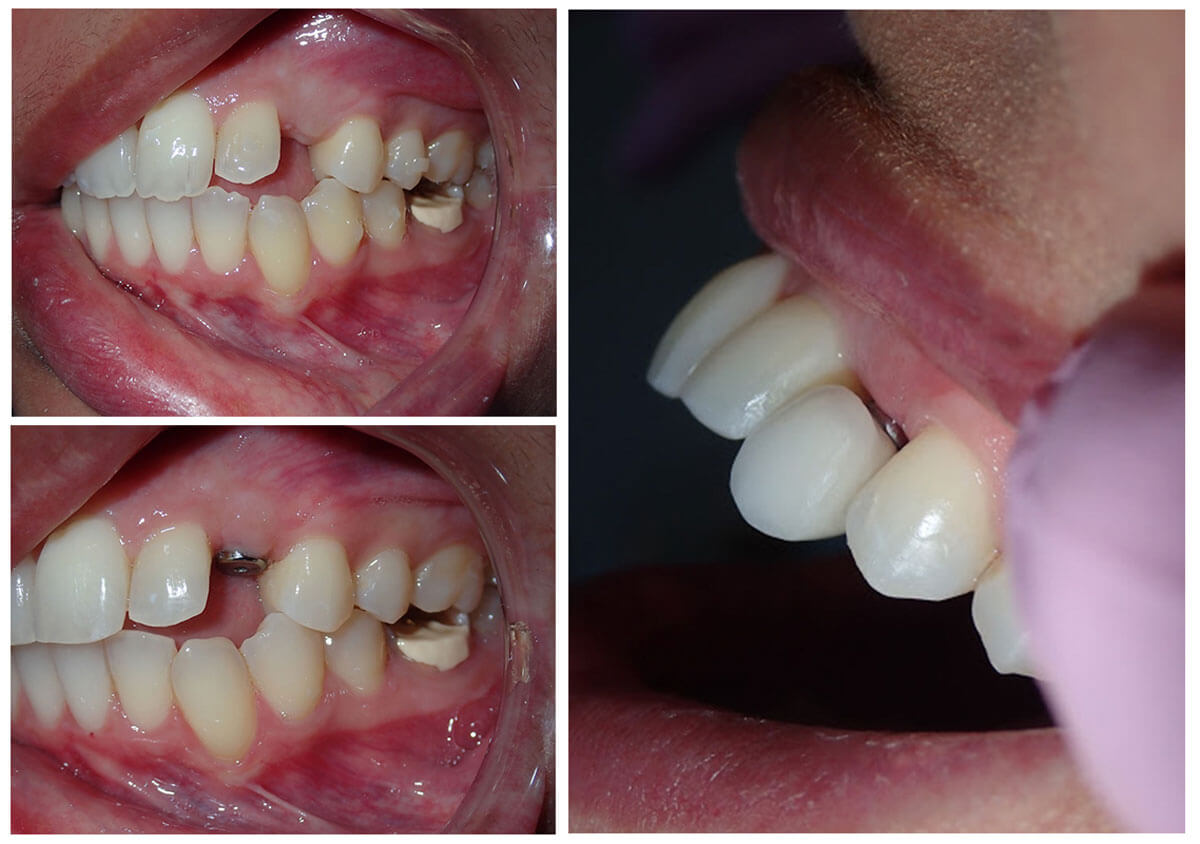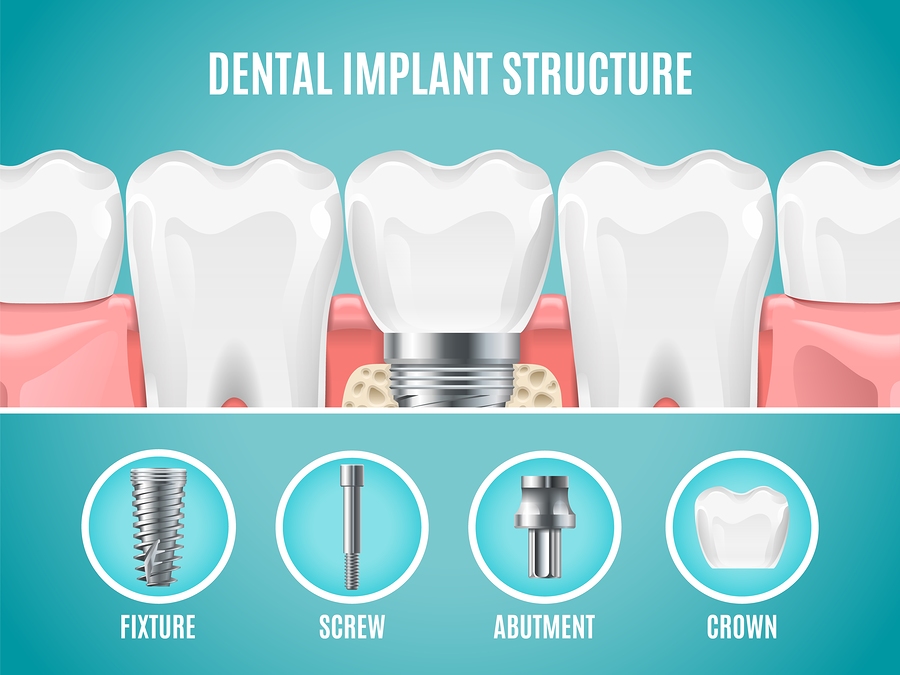Top Guidelines Of Dental Sense
Dental Sense Can Be Fun For Anyone
Table of ContentsOur Dental Sense PDFsSome Known Facts About Dental Sense.Some Ideas on Dental Sense You Should KnowNot known Details About Dental Sense
are clinical tools surgically dental implanted right into the jaw to recover an individual's ability to eat or their look. They give assistance for fabricated (phony) teeth, such as crowns, bridges, or dentures. When a tooth is shed due to injury or disease, a person can experience problems such as rapid bone loss, malfunctioning speech, or changes to chewing patterns that lead to pain.Oral dental implant systems consist of a dental implant body and oral implant joint and may also include a joint fixation screw. Wisdom tooth cavity. The oral implant body is surgically inserted in the jawbone instead of the tooth's root. The dental implant abutment is typically connected to the implant body by the joint fixation screw and expands via gum tissues into the mouth to support the affixed artificial teeth
(https://www.awwwards.com/dentalsense1/)Framework of The Dental Implant System choosing dental implants, speak with your oral provider concerning the potential benefits and risks, and whether you are a candidate for the treatment. Points to consider: Your overall health is an essential consider determining whether you are a great prospect for dental implants, how much time it will certainly require to recover, and for how long the implant may stay in place.
Cigarette smoking might impact the healing procedure and reduce the long-lasting success of the implant. The recovery process for the implant body might take numerous months or longer, during which time you typically have a temporary joint in area of the tooth. the dental implant treatment: Thoroughly comply with the dental hygiene instructions offered to you by your oral supplier.
More About Dental Sense
Implant failure can cause the requirement for one more medical procedure to fix or change the implant system. Brings back the capacity to chew Recovers aesthetic appearance Aids keep the jawbone from diminishing because of bone loss Maintains the wellness of the surrounding bone and periodontals Assists keep adjacent (nearby) teeth secure Enhances high quality of life Damages to bordering natural teeth during dental implant positioning Injury to the surrounding cells during surgical procedure, such as sinus perforation Injury throughout surgical treatment (as an example, fracture of bordering jawbone) Inadequate feature, such as seeming like the teeth do not bite together typically A sensation that the tooth is loose or twisting in position resulting from an abutment screw loosening up Implant body failure (looseness of the dental implant body) because of systemic infection, which might be most likely in people with unchecked diabetes mellitus due to neighborhood infection in bone and gums sustaining the implant body as a result of postponed healing, which might be most likely in patients who smoke Problem cleaning up the gum tissues around the implant, leading to poor oral hygiene Without treatment gum illness Post-surgical numbness due to nerve impingement or damage Always alert healthcare companies and imaging specialists that you have oral implants before any magnetic resonance imaging (MRI) or x-ray procedures.
FDA is not familiar with any adverse events reported for MRI or x-ray treatments with dental implants. Dental implants systems are typically made of materials that follow international consensus criteria of the International Company for Standardization (ISO) or ASTM International. These requirements have details of what makes a risk-free material.

A dental implant is a framework that replaces a missing tooth. With screw-like devices, the specialist inserts an implant into the jawbone, and it acts as an anchor for a man-made tooth, called a crown.
Dental Sense Can Be Fun For Everyone
Some people are not qualified for dental implant surgery. It is for dental surgeons to operate people with: intense illnessuncontrollable metabolic diseasebone or soft cells illness or infectionIf these issues are fixed, a person can have the surgical procedure. In, oral specialists avoid from operating on individuals with: If people with any of the above undergo oral implant surgery, there is a higher threat of the implant failing.

Dental implant surgical treatment is a tailored procedure. Give you time to heal. Connect the message and last crown, bridge or denture.
Next off, your specialist will very carefully put the dental implant into your jaw. Ultimately, your surgeon will rearrange your gums and shut the incision with stitches. If your dental implant is near the front of your mouth, your dental expert will certainly make a short-lived tooth for you to put on until you recover. In this way, you will not have a gap in your smile while you recoup.
Dental Sense - An Overview
Your supplier can inform you what to anticipate in your situation. Throughout the healing stage, your jawbone needs to fuse to the oral implant. This procedure, called osseointegration, is important for security and long-lasting success. This procedure can take anywhere from 3 to nine months. In some instances, it may take much longer.
When your dental implant heals, your dental professional can connect the abutment (small connector message) and your final repair (crown, bridge or denture). This typically takes regarding one hour to complete and might require a 2nd small surgery. You shouldn't really feel any type of discomfort throughout your oral implant treatment since your company will certainly utilize medicine to numb your gum tissues.